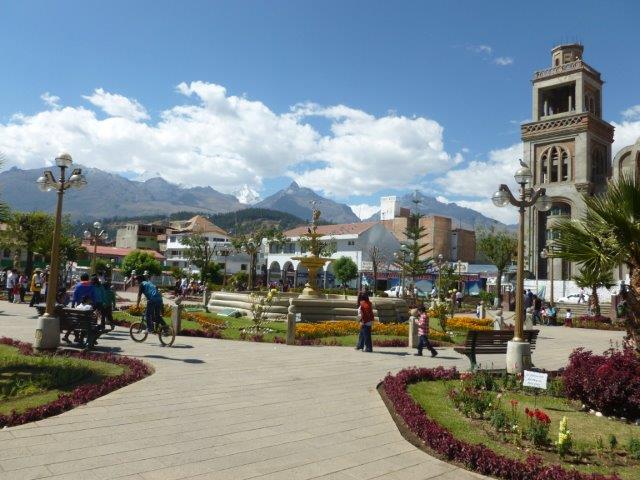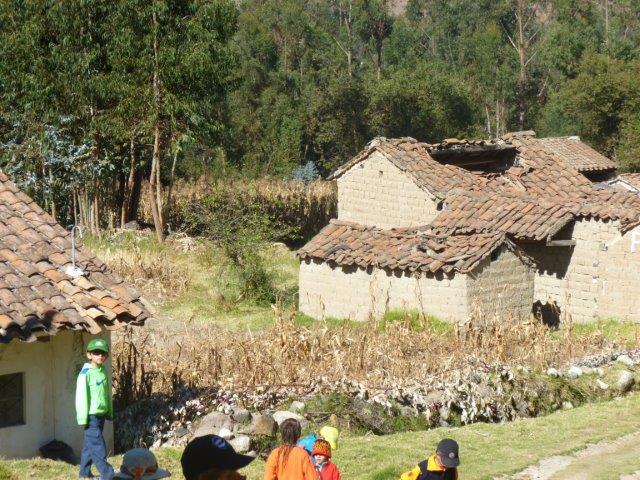After a long pause -- 7 years! -- I'm finally blogging again. I retired in May after working as an IT contractor at Eli Lilly for 28 years. I had been pretty sure since 2005 that I wanted to retire in Peru, for reasons that you'll find in my other posts. We started planning the move last year, and bought one-way tickets to Lima
for May 24 to give us a firm date to work toward. We put our house on the market in February and found a buyer within 10 days who was willing to let us stay in the house until our departure.
When we decided to make the move, we were most concerned about finding a good school for Marcos, who just finished kindergarten. So we did a lot of research and found an alternative school in Huaraz that was founded by an American and a Belgian woman, and follows a Waldorf style of "active education". (More about this school in another post.)
If we like the school and the climate in Huaraz, we'll move there. We've already reserved a spot for Marcos at the school because we were so impressed by the information that we found on their Facebook page (
Semillas de Vida). But there are a few other schools in other parts of the country that we've identified as possibilities.
The only thing we're absolutely sure about is that we don't want to live in Lima. It's grown to about 10 million people (the second largest in South America), and the traffic, pollution, and crime have all steadily gotten worse. Since it's built on a desert and receives less than an inch of rainfall each year, it's been projected to be the first Latin American city that will run out of water. Public schools were ranked in last place in an evaluation of 63 countries. Quality private schools cost almost as much as in the U.S., and only exist in areas where housing costs as much or more than in the U.S.
We're staying temporarily at Sonia's mother's house in Lima, while we jump through all of the hoops that are necessary for Marcos and me to obtain permanent residency. We plan to take a bus to Huaraz (about 8 hours) tomorrow to check out the school and (if it meets our expectations) start looking for a place to live -- initially a temporary place that we will rent while deciding where we want to live permanently.












